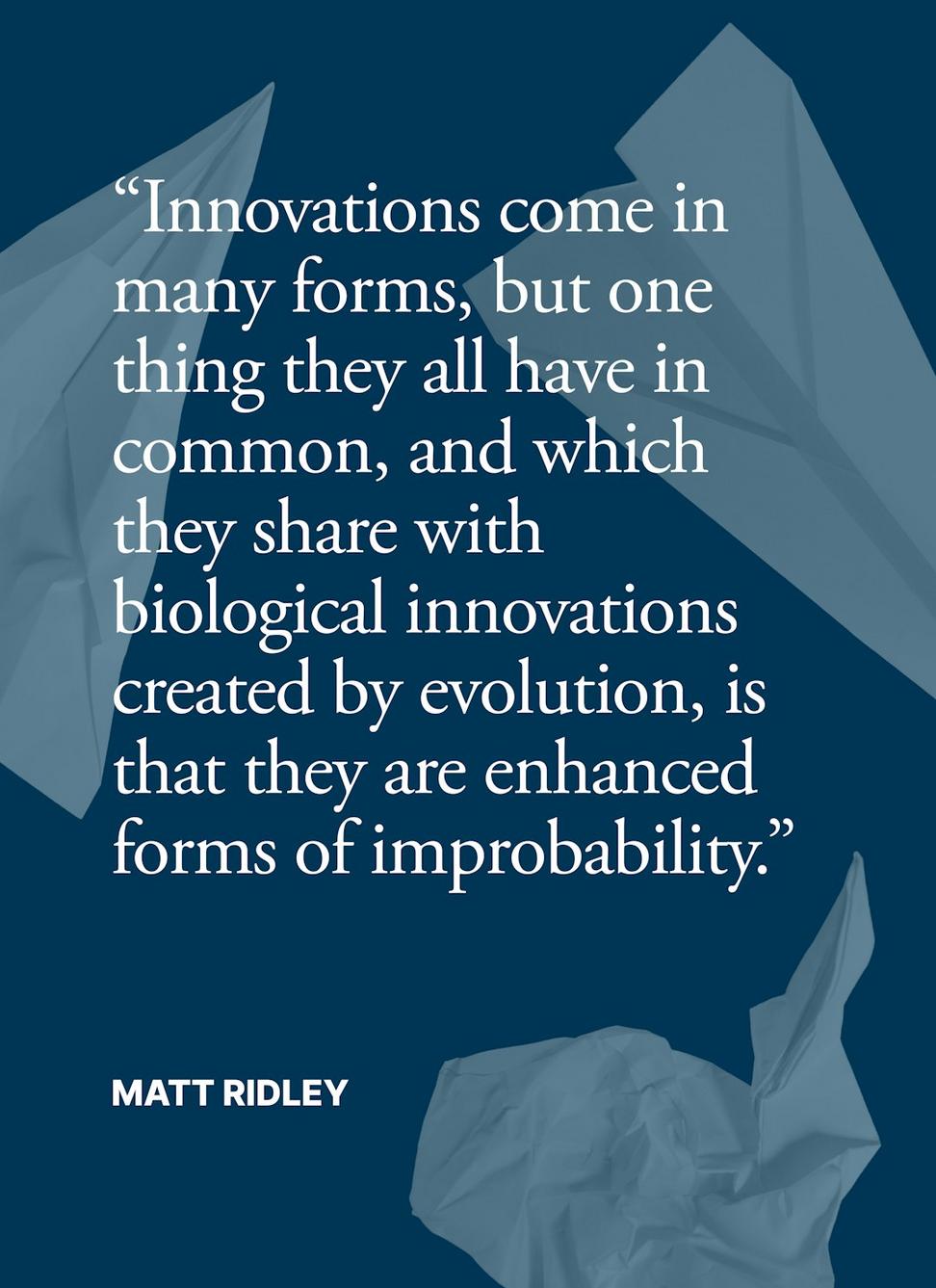The Challenge
A manufacturing client got hit with a massive lawsuit from their biggest supplier claiming our client failed to meet order commitments, causing the supplier "irreparable harm" and loss of other business opportunities. The supplier had emails, documented orders, the whole nine yards. Our client's insurance was capped at $5M and they were staring down potential bankruptcy if this went south.
To make it worse, discovery was showing our client had indeed missed some delivery deadlines and the internal documentation was... let's just say it wasn't great. Their previous counsel had been pushing hard for settlement at around $8M.
Our Approach
We came in skeptical of the settlement push. Something felt off about the supplier's damages claims - they were way too round, too convenient. We dug deep into their financials during discovery and found they were already losing those "other clients" before our client missed any deadlines. Their whole business model was actually falling apart.
Then we caught a break. Buried in some production records we found evidence the supplier had been systematically delivering substandard materials while charging for premium grade. We brought in a materials expert who confirmed the supplied components were causing our client's production issues. That's why they'd missed deadlines - they were dealing with defective inputs.
We flipped from defense to offense, filed a counterclaim for fraud and breach, and watched their case start crumbling. Their attorney knew they were cooked.
The Outcome
The case got dismissed before trial after the judge reviewed our materials evidence in a summary judgment motion. The supplier's fraud was pretty clear-cut once we laid it all out. Our counterclaim went to mediation where we settled for $2.3M - not as much as we could've gotten at trial, but our client wanted to move on and we respected that.
More importantly, we saved them from what would've been a business-ending payout. They've since restructured their supply chain and implemented better quality control protocols. Last I heard they're actually doing better than before this whole mess started.
Key Takeaway: When someone comes at you with a big claim and perfect documentation, it's worth questioning whether it's too perfect. We've found that legitimate claims usually have some mess to them. If everything's too clean, somebody might be hiding something.





